A recently reported survey of over 3000 adults in the U.S. indicated that a large majority of those seeking health information online (77%) start at one of the major search engines (e.g., Google, Bing, Yahoo), as compared with 13% on specialty health sites (e.g., WebMD), 2% at more general sites (e.g., Wikipedia) and only 1% at social network sites (e.g., Facebook). The research study, conducted as part of the Pew Internet & American Life Project by Princeton Survey Research Associates International, shows women were more likely than men to search online for medical information, with diseases and treatments accounting for most online search queries (e.g. 43% searched for medical treatments or procedures). For more information on this study, click here: PEW: Health Research Begins on Search Engines.
What this means for the online medical marketing world is something we’ve espoused all along: that search engines are by far and away the best place to connect with these prospective patients using search engine marketing tools like paid search advertising (PPC) and search engine optimization (SEO). We’ve previously written about why paid search is perhaps a more powerful and comprehensive tool to do that (SEO vs. PPC: Which is More Powerful in Medical Marketing), however both tools are indeed effective. Either way, the ability to access this population while they are in the process of seeking healthcare solutions makes this ‘intent-based media’ a clearly superior venue. Our medical online marketing experience shows search media almost always has lower costs-per-referral than other online media.
Not to trounce on these other online media like social, content or display advertising, as they do offer exposure to a large volume of internet impressions (‘eyeballs’) often not available by search and it is possible (albeit much harder) to interrupt these web surfers (since they often weren’t seeking health information in the first place) with your advertising message (‘interrupt-based media’). That said, even when you do get them to click on your ad (and enter your website or landing page), the quality of these visitors is clearly not the same as search visitors; their conversion rate to actual patient contacts or leads is usually much lower (sometimes by an order of magnitude). This quality issue can be mitigated both by more effective targeting within these media (whose tools are getting better all the time) and by limiting your bid pricing (usually to levels much less than search CPCs) to account for their expected lower conversion. Some areas where these interrupt-based media shine are in branding and demand creation (as search largely relies on existing demand patterns). Facebook offers a particularly interesting scenario as they are constantly iterating their advertising models (see recent ‘search’ announcements) and improving targeting. We have had some solid success with Facebook PPC for medical, but it certainly requires very close and careful management.
Having a solid understanding of intent-based media versus interrupt-based media (where most traditional media like TV, radio and print reside as well) is critical to developing a solid online medical marketing strategy.















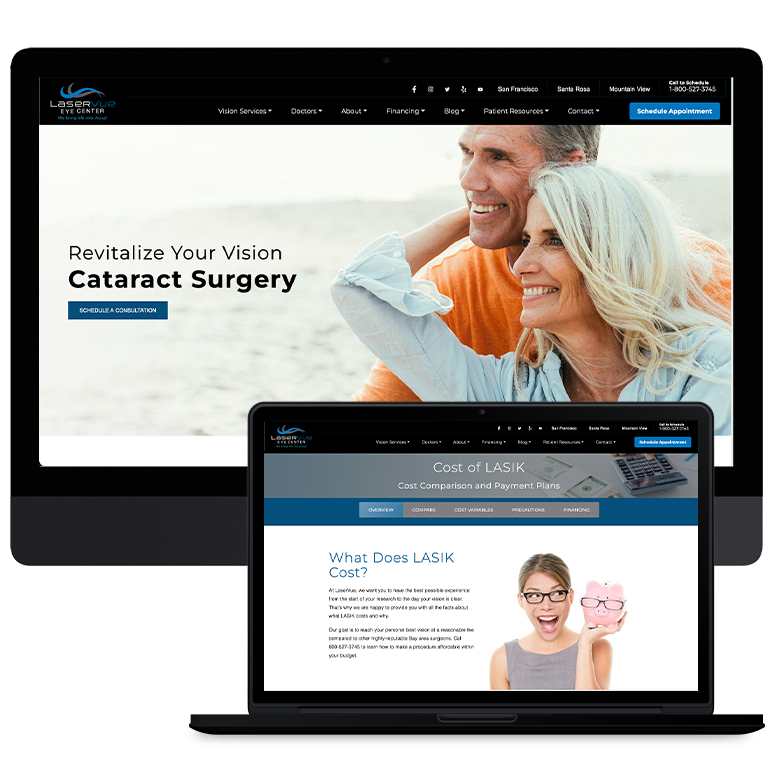
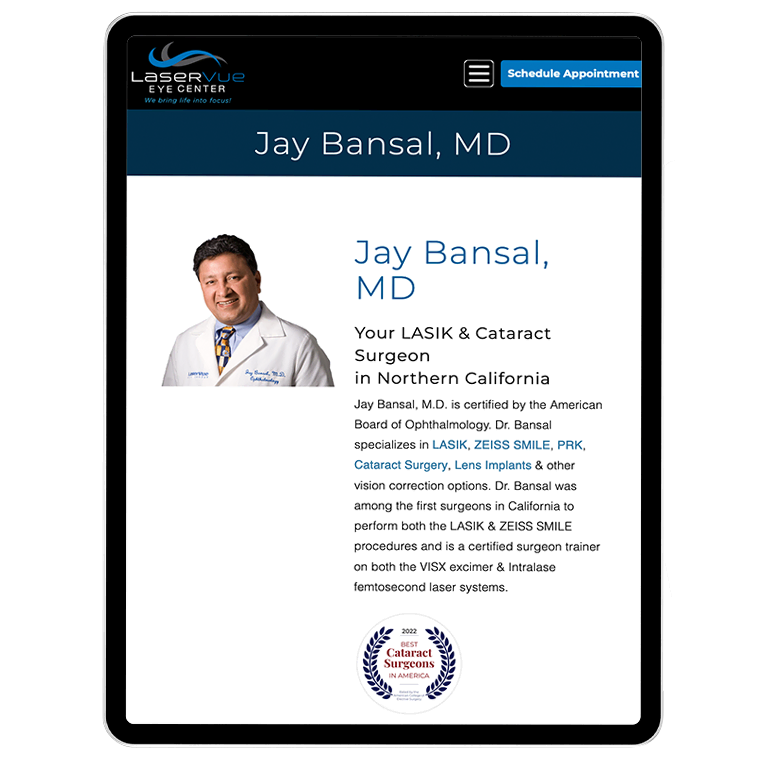

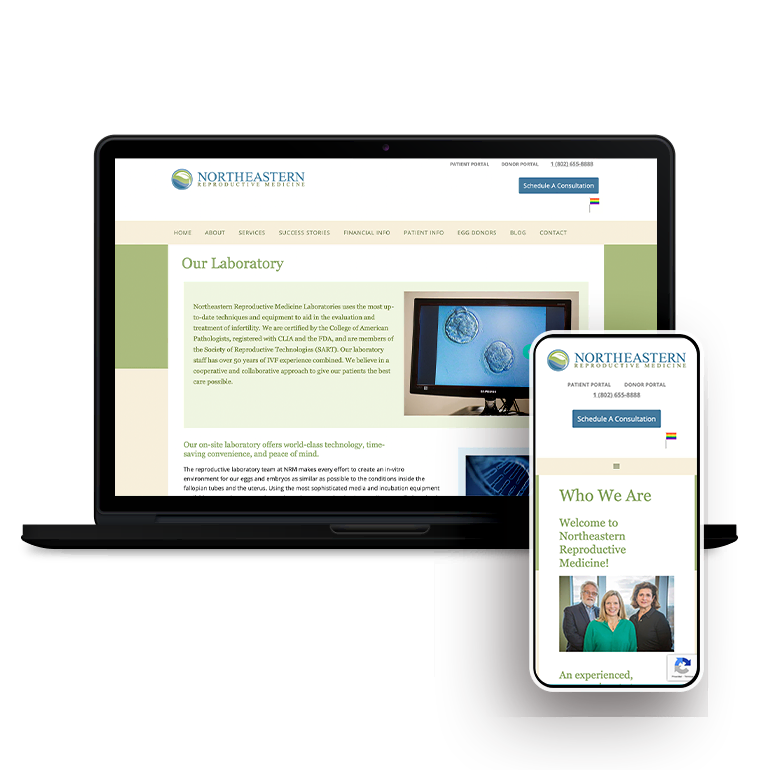
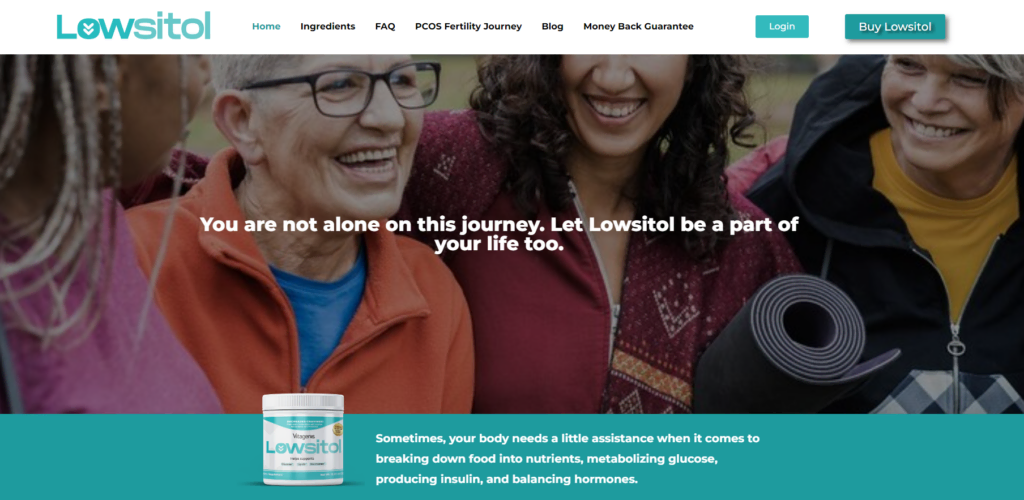


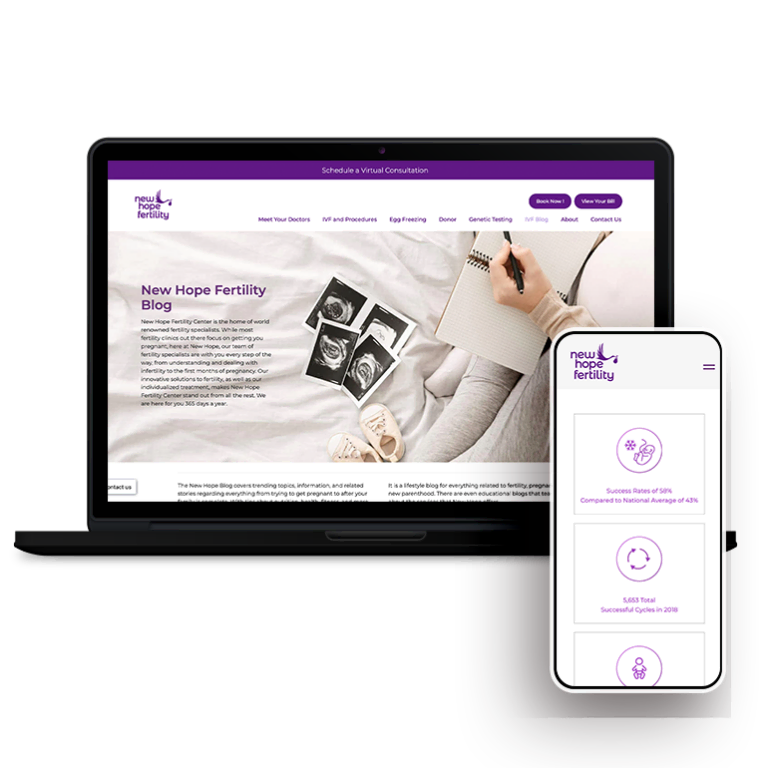
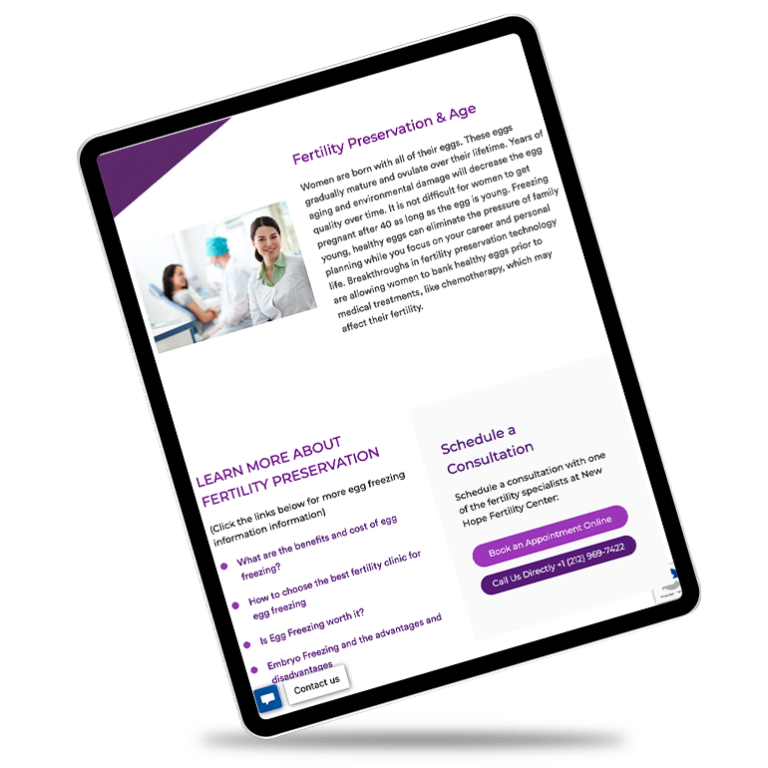

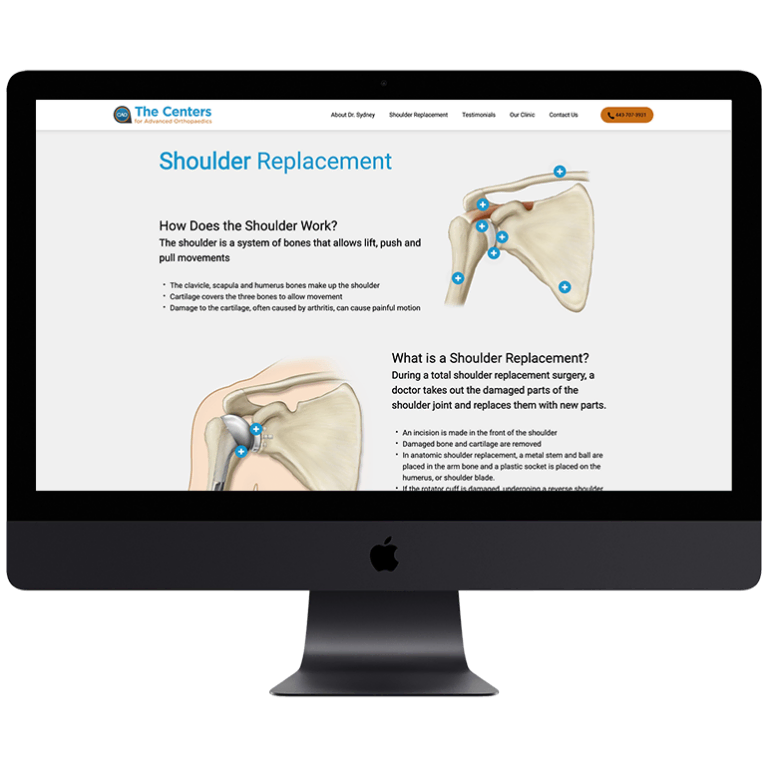

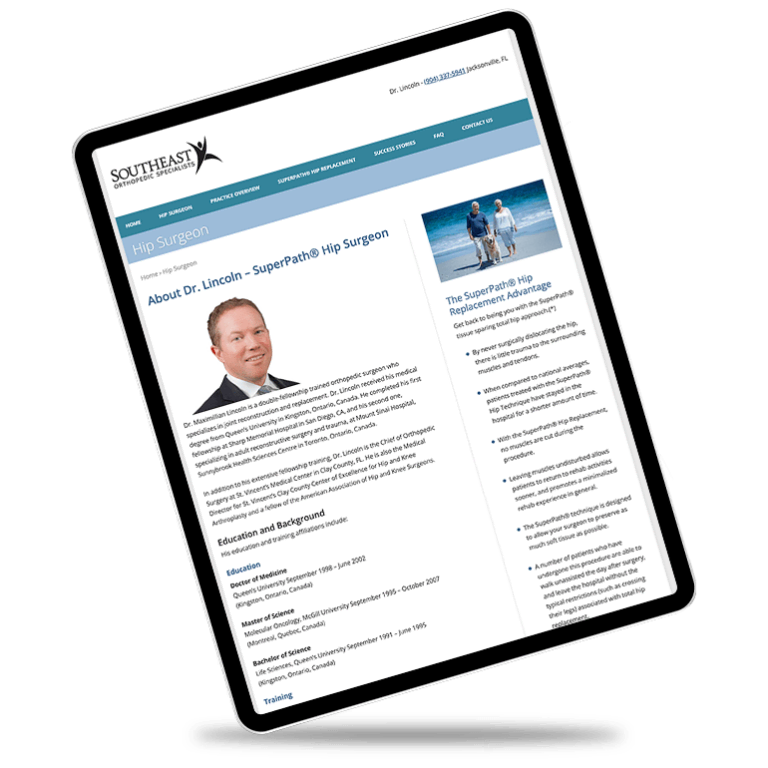

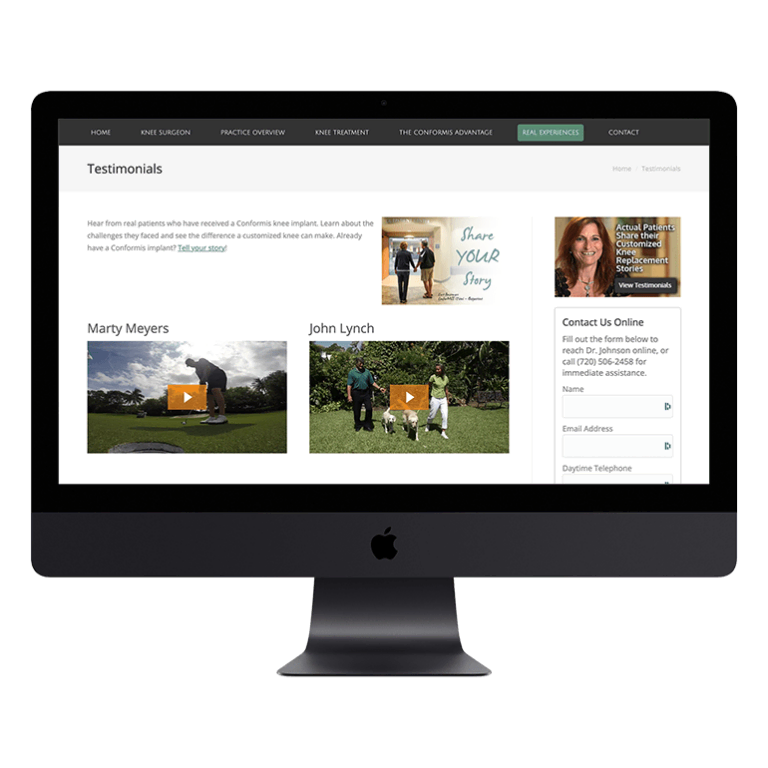
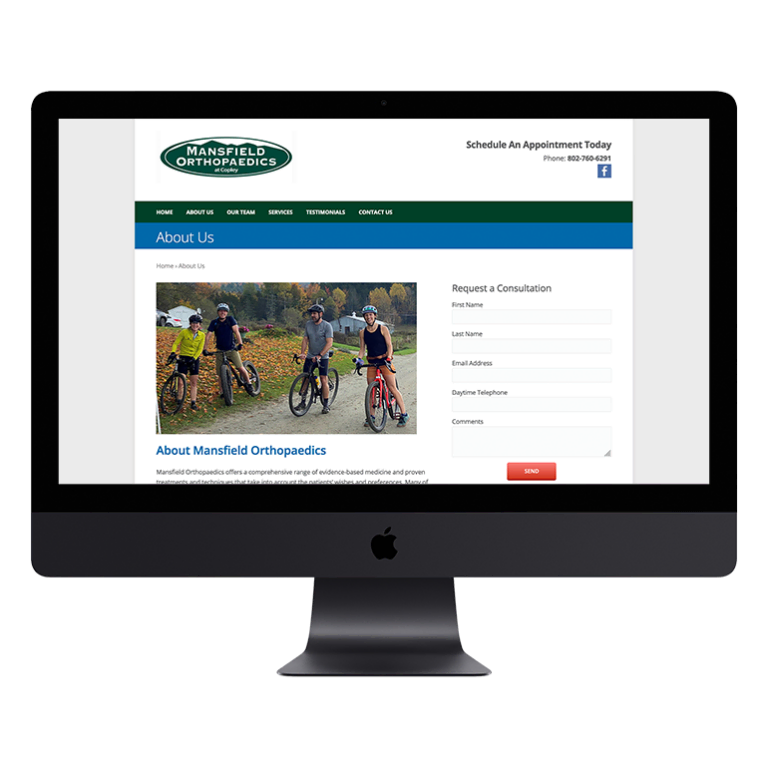
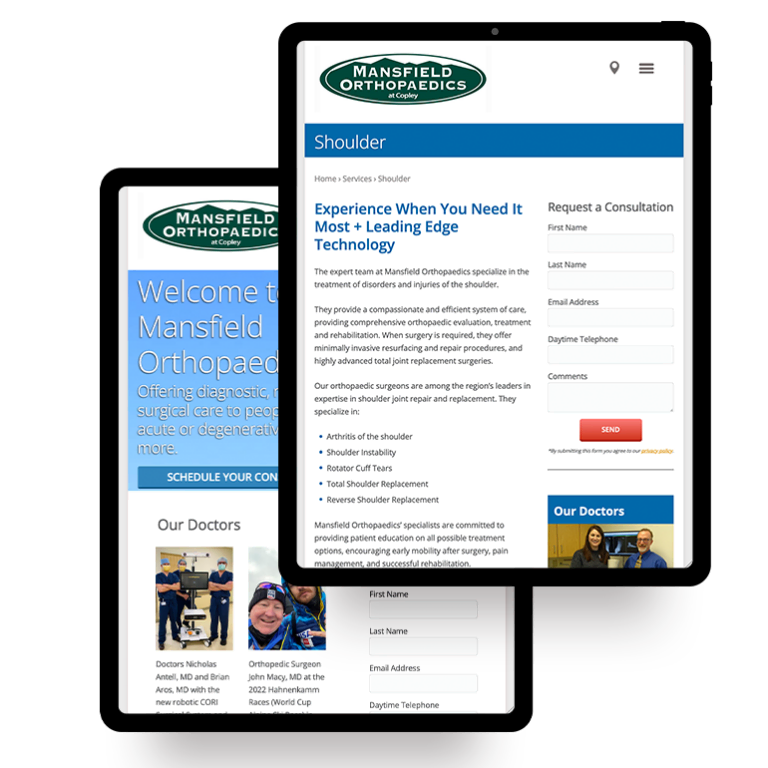

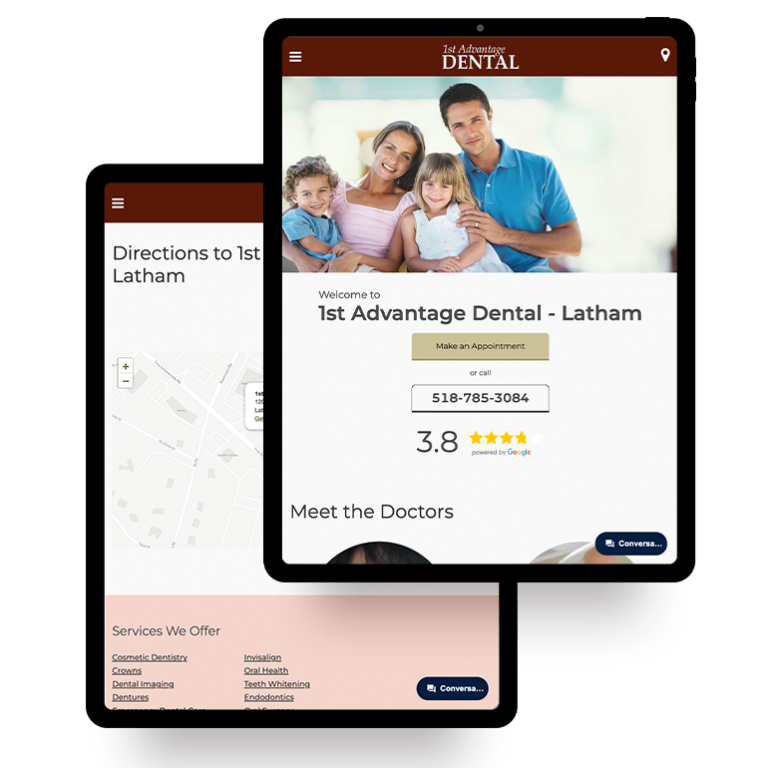

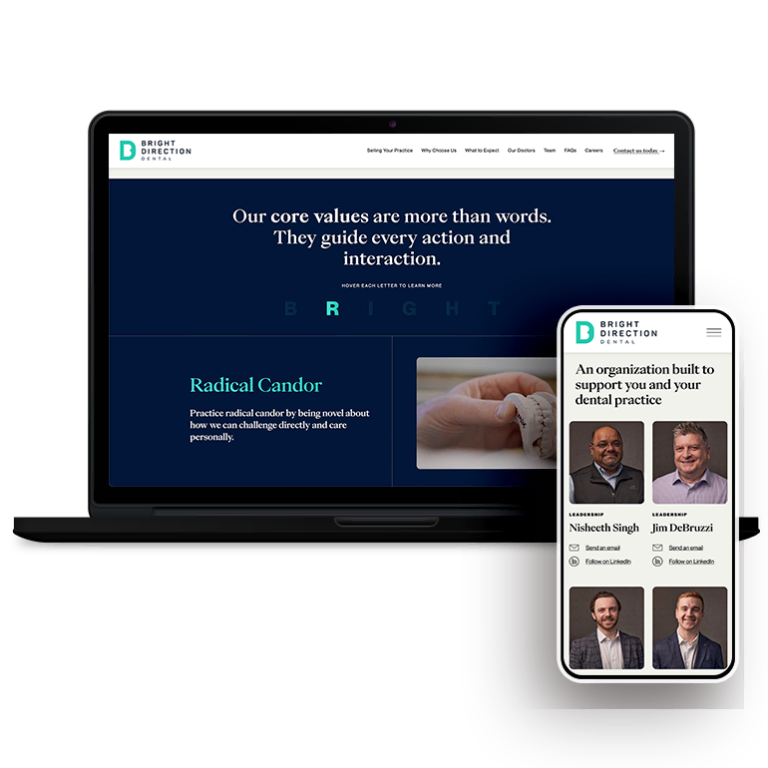
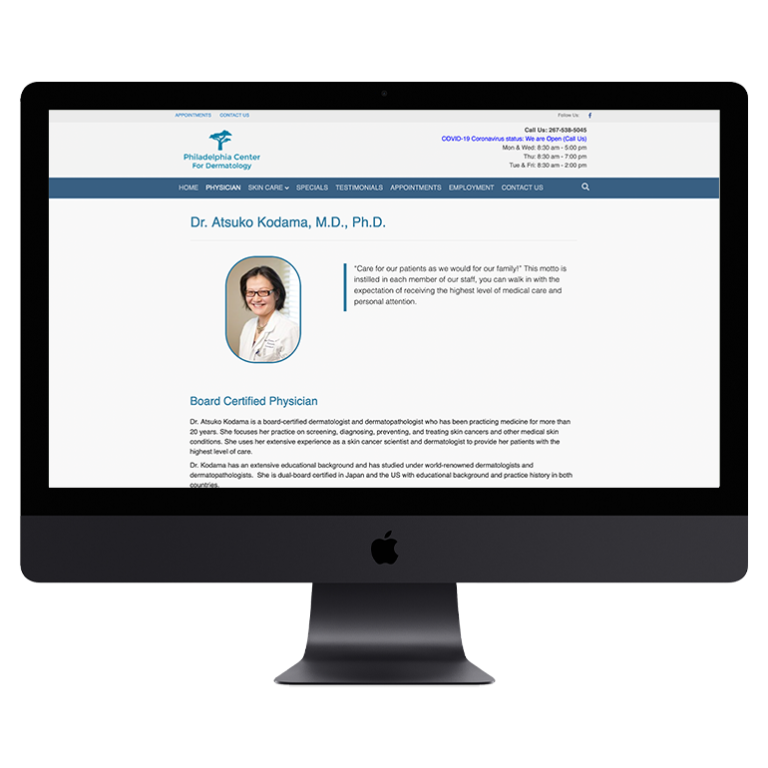
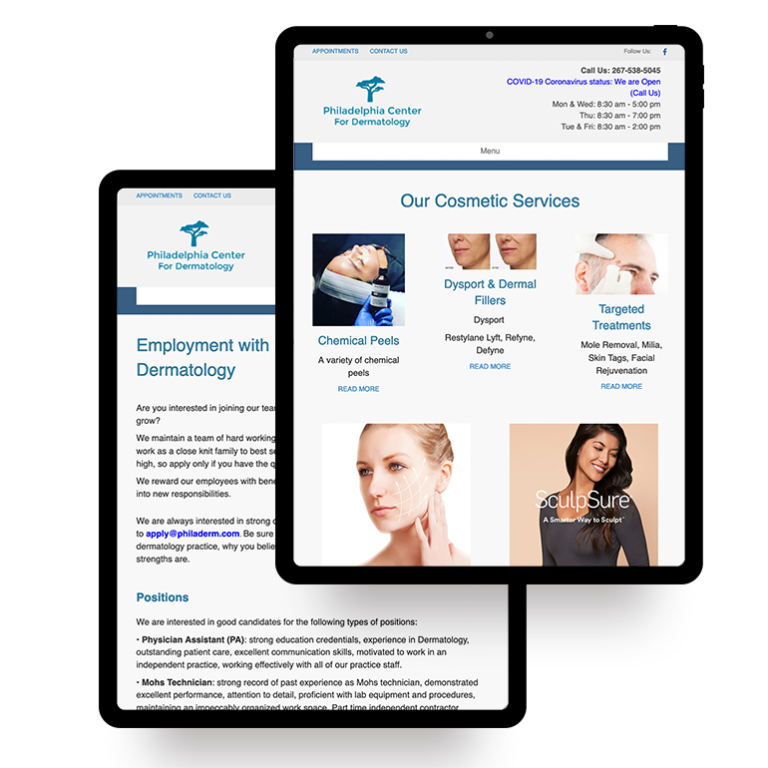
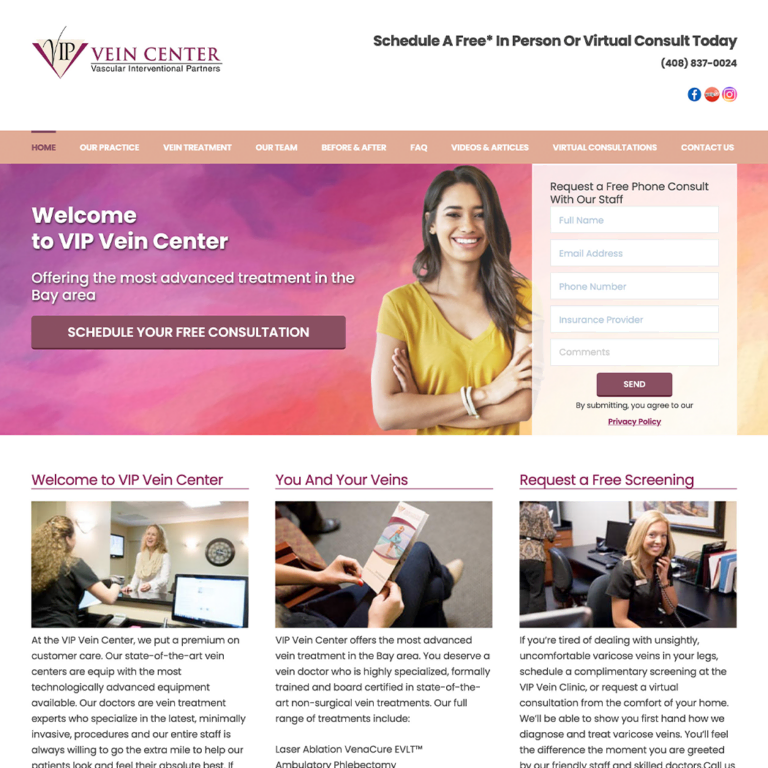


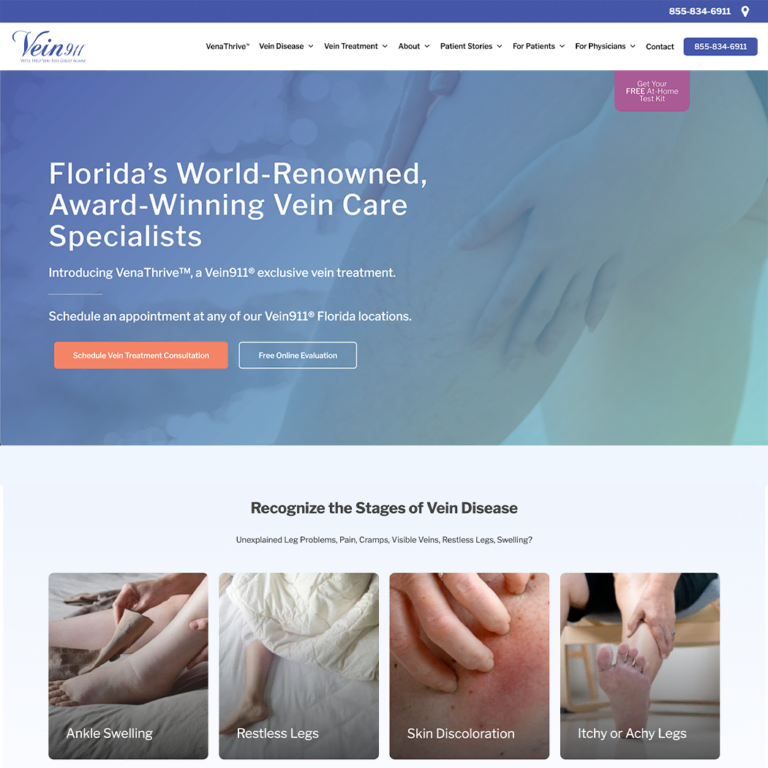
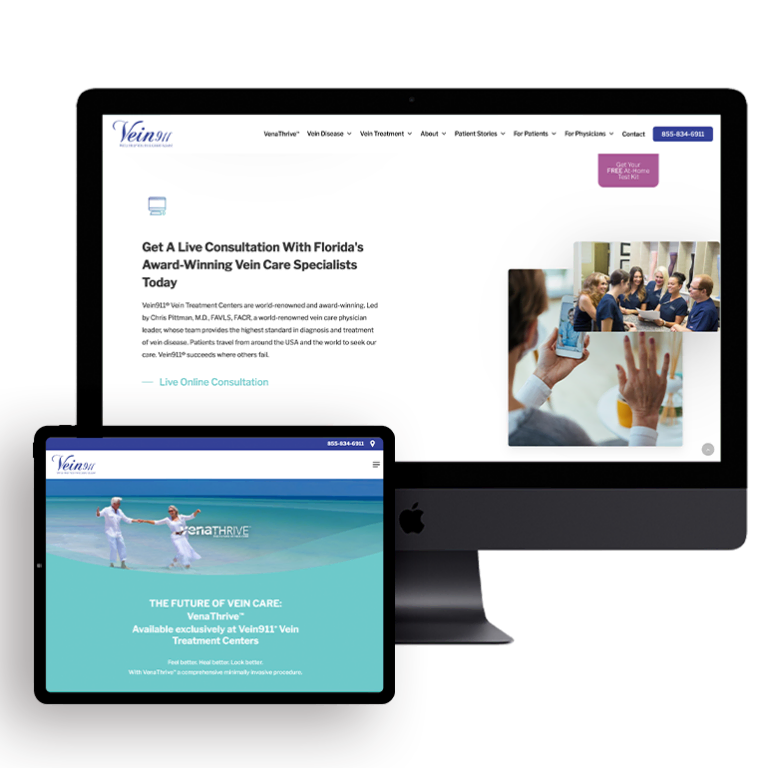
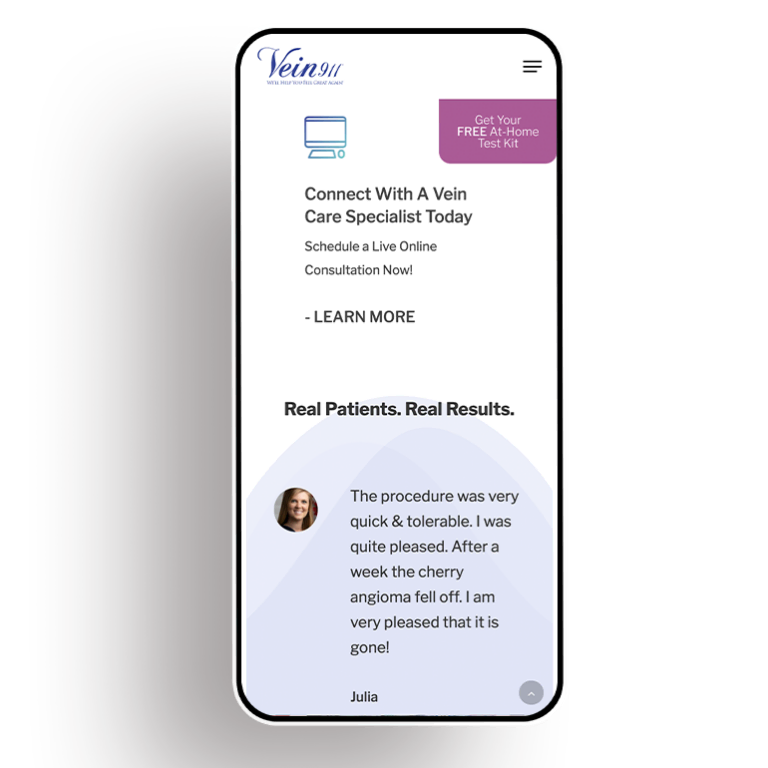
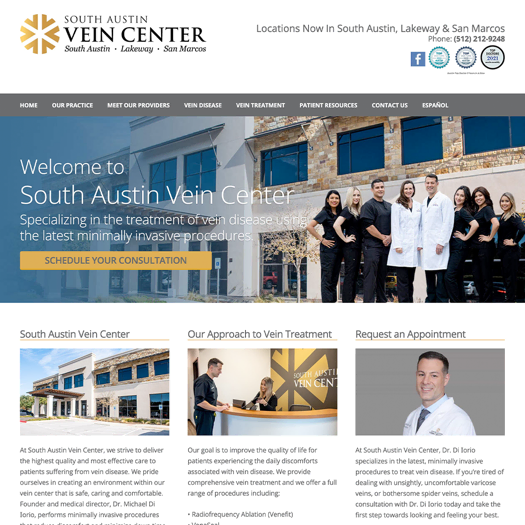
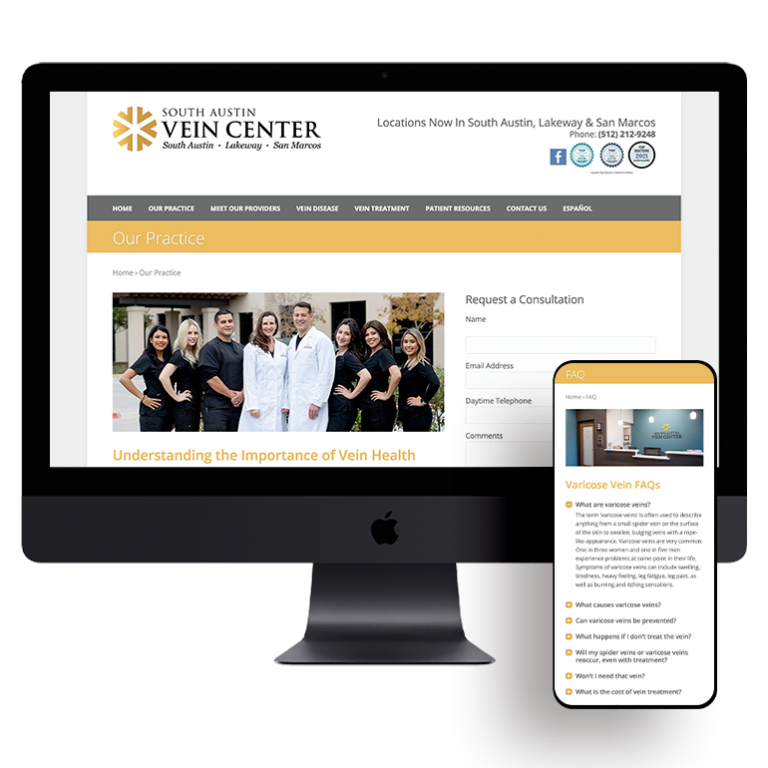
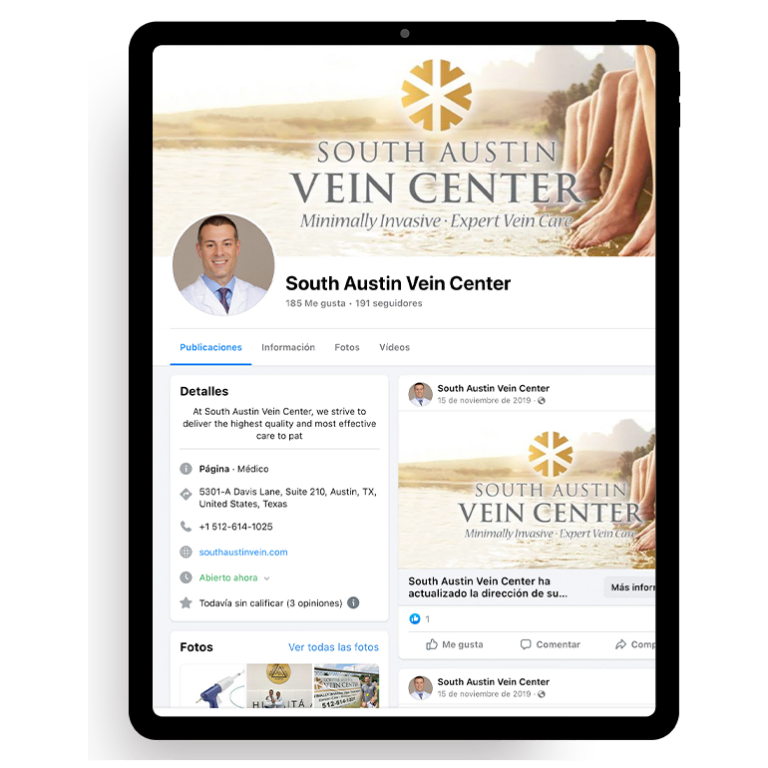



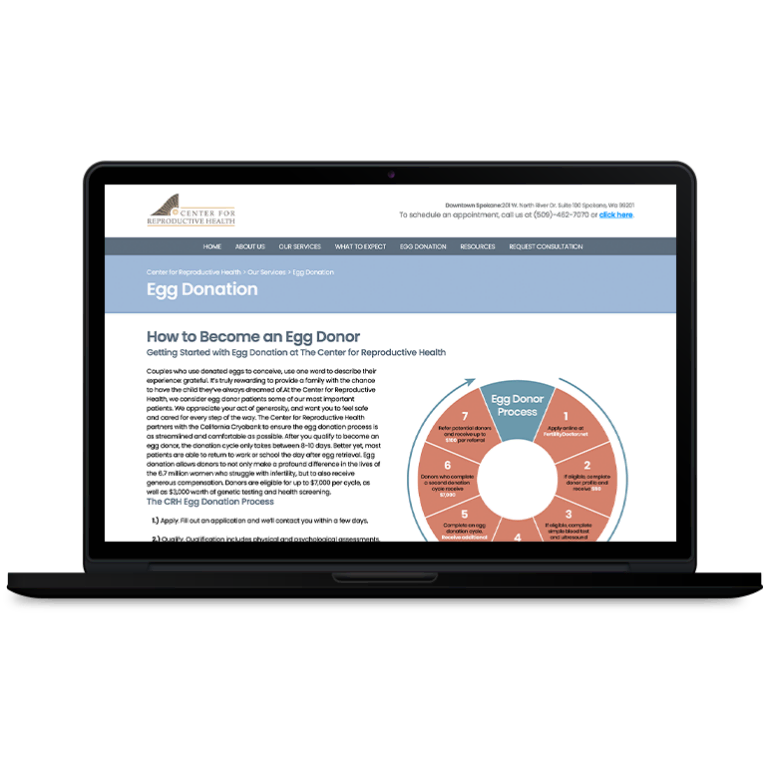
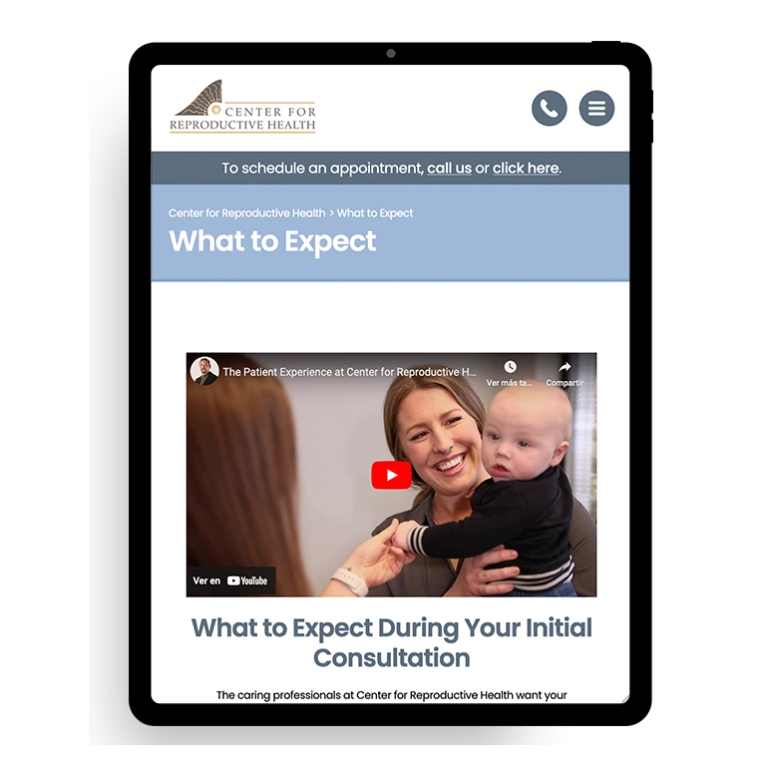
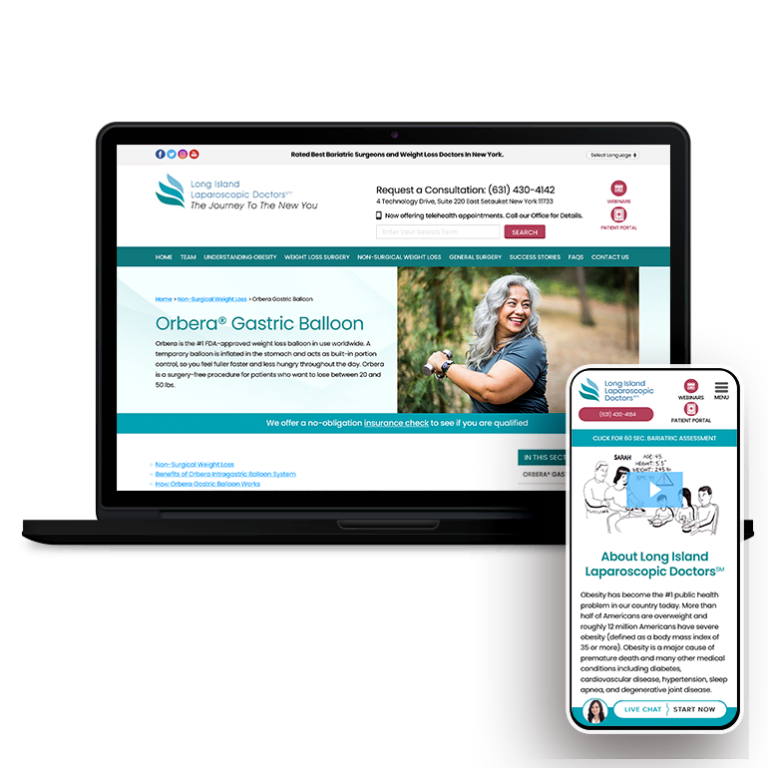
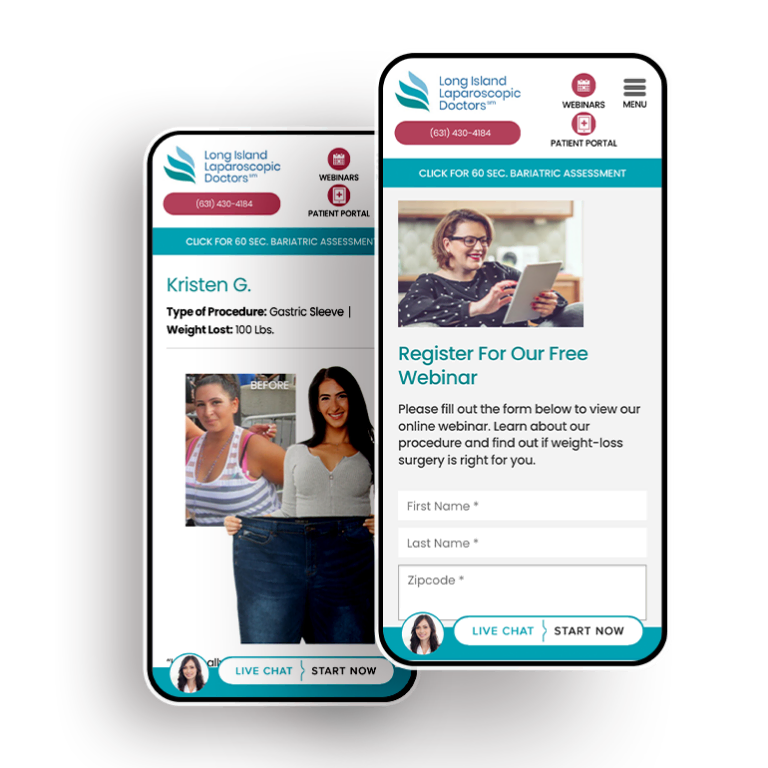
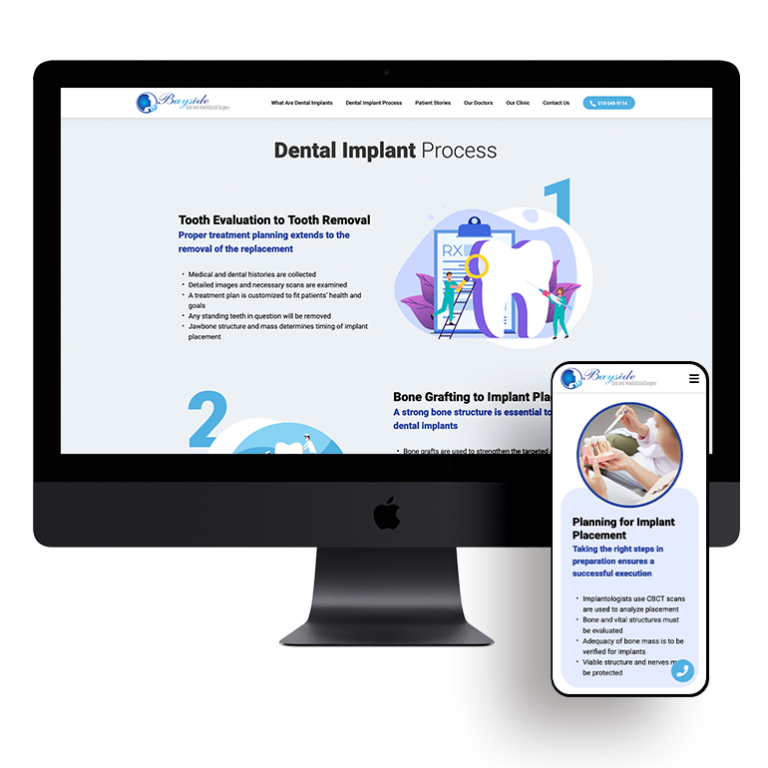

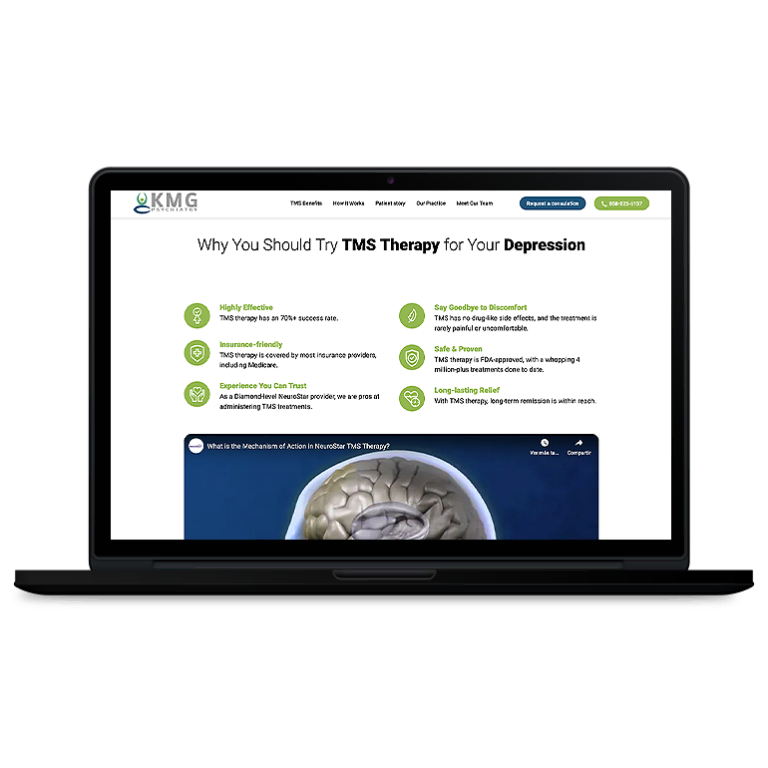


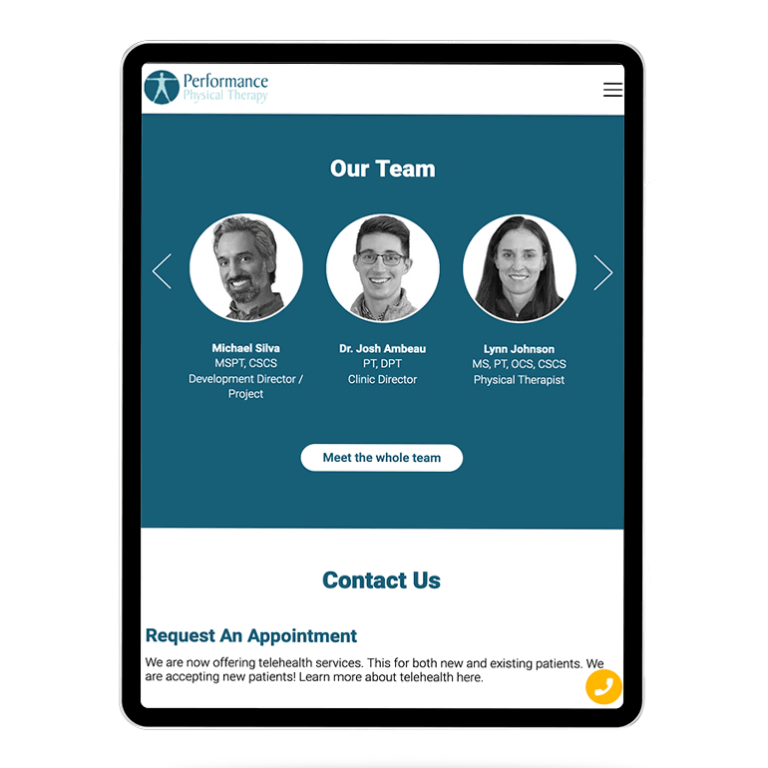

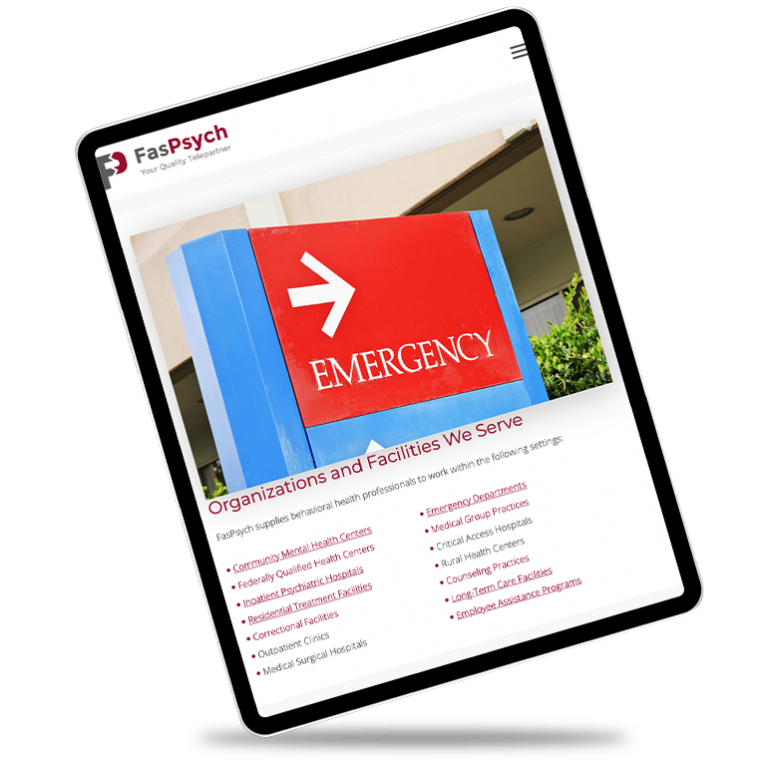
 Smart Design Creates New Patient Opportunities
Smart Design Creates New Patient Opportunities